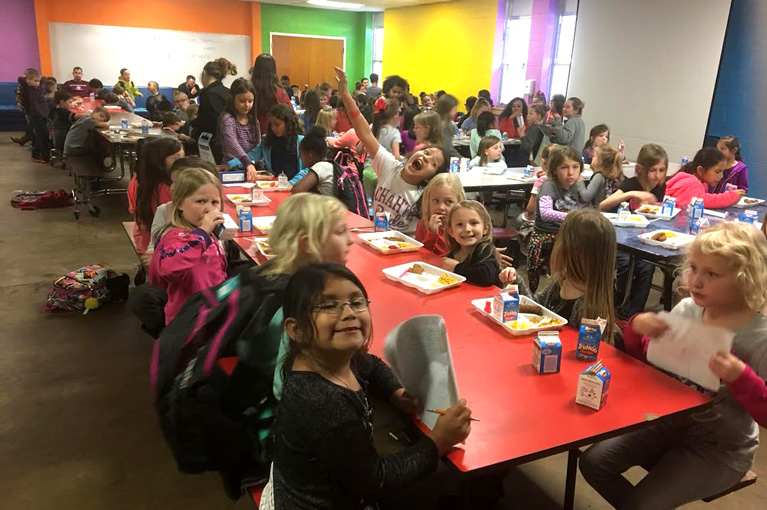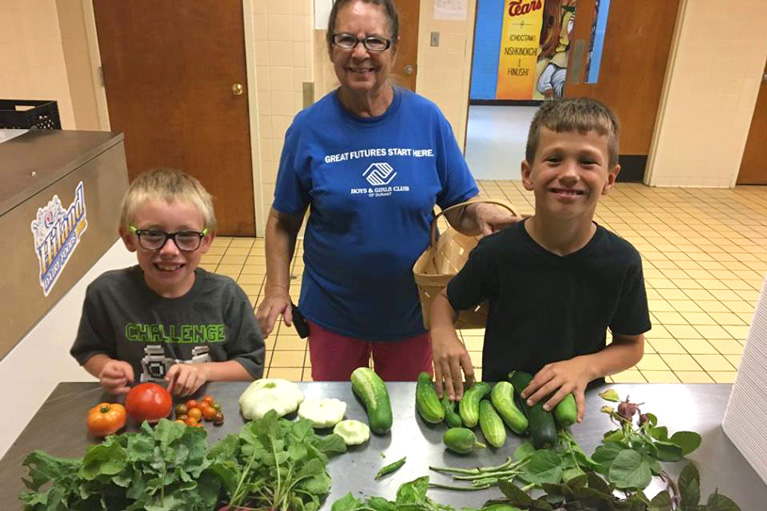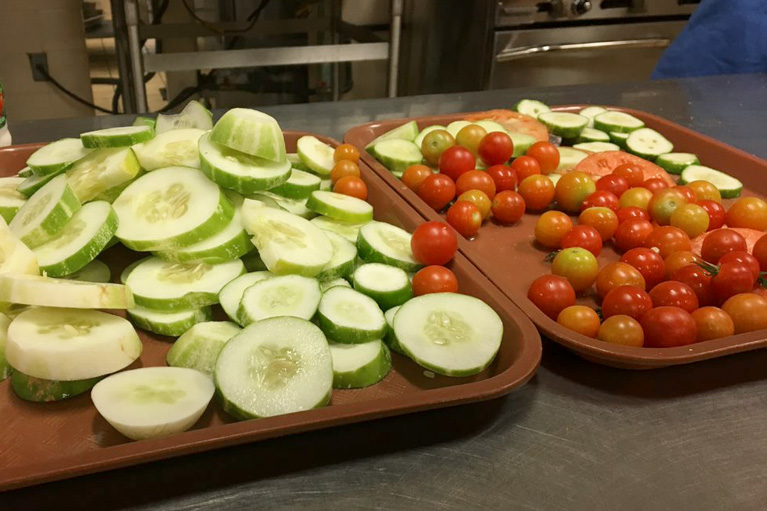The United States Department of Agriculture (USDA) estimated that 6.5 million children lived in food-insecure households in 2017, meaning they did not have consistent access to enough food for an active, healthy life. Hungry kids can’t learn when they are worrying about where their next meal is coming from. They can’t focus on their dreams for the future — of being a paramedic, or a ballet dancer, or perhaps even president — because their most basic need is not being met.
When 61% of Boys & Girls Clubs members qualify for free or reduced-price school lunch, programs administered by the USDA under the Child Nutrition Act are critical to helping many of the more than 4,600 Clubs across the country not only feed hungry kids, but to ensure children feel safe and supported.
"The USDA is an extremely important partner for our Clubs," says John Machiaverna, CEO of Boys & Girls Clubs of Anaheim. "We see up to 50 homeless children every day. Without [meal programs], especially in the summer, these children would never get the nutrition needed to grow, both physically and mentally."
Meal programs like the Summer Food Service Program and the Child and Adult Care Food Program reimburse Clubs for the nutritious meals and snacks they serve to children and teens during out-of-school time and in the summer. In 2017, 90% of Clubs reported serving more than 88 million healthy meals and snacks to their members at no cost. These meal programs may provide the only sustenance a child receives all day, especially during the summer when school is out.
And it’s more than just meals. According to the Food Research & Action Center’s 2019 report,
Hunger Doesn’t Take a Vacation: Summer Nutrition Status Report, “summer meal sites […] help combat summertime food insecurity, weight gain and learning loss for children.” Clubs limit summer learning loss through educational and enrichment programs that keep kids learning, engaged and safe when they’re not in school. Without access to meal programs, the likelihood of children returning to school academically behind their peers increases, negatively impacting their academic success for years to come.
“While providing the USDA Child and Adult Care Food Program and Summer Food Service Program, we have witnessed significant improvements in our members performance, academically, socially and physically,” says Mike Jones, Chief Executive Officer of Boys & Girls Clubs of Bulloch County. “Children have the energy to actively participate in daily recreational activities and are less likely to lose mental focus in academic programs.”
The Child Nutrition Act is currently due for reauthorization, affording lawmakers the opportunity to both strengthen guidelines for providing proper nutrition to the kids that need us most and to increase scope to ensure more youth are served.
At Boys & Girls Clubs of America, we’ve pooled our collective expertise and nearly 160-year experience in youth development to develop solutions that will strengthen the Child Nutrition Act Reauthorization, which is currently being worked on by Congress. A streamlined application would make it more feasible for Clubs to apply to become a qualifying organization, making it possible for more food to get into the hands of hungry kids. Currently, applicants are required to maintain costly administrative staff to navigate a burdensome application process and reporting requirements. The addition of transportation grants would also enable Clubs to serve rural and other hard-to-reach areas where distance prohibits children from accessing meal programs. Allowing Clubs to serve three meals during the summer, rather than the current maximum of two, would ensure more kids are kept full, active and ready to learn, play and explore.

USDA meal programs are critical to the survival of kids in food insecure households. Under the Child Nutrition Act, many Clubs have used meal programs to feed their members. In Durant, Oklahoma, Boys & Girls Clubs of Durant participates in the Child and Adult Care Food Program at all four of its Club sites and offers meals during the summer. They’ve also started a Garden Club for members and incorporate their harvested vegetables into the meals. Meal programs have enabled the Boys & Girls Clubs of Durant to serve 53,380 meals and 20,500 snacks per year with reimbursements from the Oklahoma Department of Education. With reauthorization, even more success stories this will be possible for the 4.7 million youth Boys & Girls Clubs serve.
Join us in asking Congress to support and expand meal and snack programs by reauthorizing the Child Nutrition Act so more kids get the nutrition they need to build a great future.
Get involved by sending a message to your U.S. senators and representatives.




